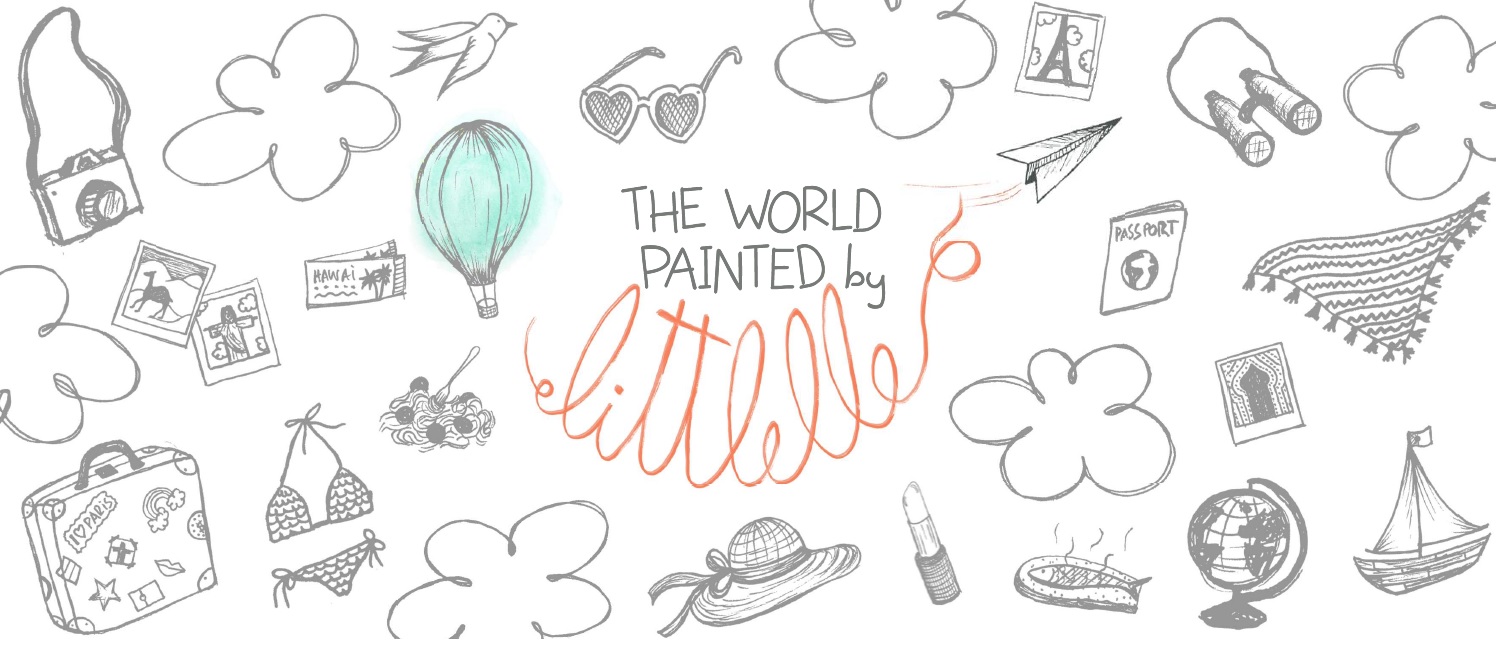
No Dia Internacional da Mulher recordam-se
figuras femininas de garra, que lutaram para garantir melhores condições de
vida e trabalho para as mulheres, e também o direito de voto. O papel da mulher
em muito se alterou desde 1909, ano em que se iniciaram as celebrações do Dia
Internacional da Mulher. Hoje podemos desfrutar de uma vida profissional e
independente, direito de expressão e de voto, contudo a luta continua a níveis
e aspetos distintos, variando de cultura para cultura. Para além da valorização social, cabe também a cada mulher valorizar-se a si própria e mimar-se de vez em quando. Por exemplo, ir às compras, ler um romance, sair com as amigas ou comprar uma jóia. Como Marilyn Monroe dizia “Diamonds are a girl's best friend”, podes procurá-los na Tiffany's, na Cartier, ou noutra joalharia qualquer. A proposta de hoje é mais exclusiva, são joias desenhadas por Salvador Dalí. Pessoalmente não ligo muito a jóias, mas confesso que fiquei maravilhada com estas. Pudera, são verdadeiras obras de arte! Deixo ficar assim um miminho para todas as mulheres.
On the International Women's Day we remind of powerful
women, who have fought to ensure better living and working conditions for women,
as well as the right to vote. The role of women has changed a lot since 1909,
the year in which the celebrations of International Women's Day began. Today,
we can enjoy a professional and independent life, right to express and vote,
but the struggle continues at different levels and aspects, varying from
culture to culture. In addition to social valorisation, it’s up to
each woman to value herself and pamper herself. For example, go shopping, read
a novel, hang out with friends or buy a jewel. As Marilyn Monroe said
"Diamonds are a girl's best friend", you can look for them at
Tiffany's, Cartier, or any other jewellery. Today's proposal is more exclusive,
they are jewels designed by Salvador Dalí. Personally, I don’t care much about
jewels, but I confess that I was amazed by these ones. They are true works of
art! I leave you with this little treat.
 |
| Dalí jewels (photo by Littlelle) |
A Fundação Gala-Salvador Dalí
apresenta uma exposição permanente de jóias, desenhadas por Dalí, num edifício
anexo ao
Teatro-Museu Dalí em Figueres, na Catalunha. A entrada para esta
exposição é realizada com o mesmo bilhete do Teatro-Museu Dalí.
The Gala-Salvador Dalí Foundation presents a permanent exhibition of jewels designed by Dalí in a building next to the Dalí Theater-Museum in Figueres, Catalonia. The entrance to this exhibition is held with the same ticket of the Dalí Theater-Museum.
 |
| Dalí Theatre-Museum (photo by Littlelle) |
A coleção Dalí Joies apresenta 39 jóias de ouro e pedras preciosas distribuídas por dois pisos. Junto a cada conjunto de jóias é apresentado o esboço que Dalí realizou para desenhar as jóias, concretamente entre 1941 e 1970. O argentino Carlos Alemany concretizou as peças em Nova Iorque, com supervisão de Dalí e financiamento de um multimilionário americano. Depois disso foram compradas por várias entidades e fundações, passando desde a Arábia Saudita ao Japão, até serem adquiridas pela Fundação Dalí.
The Dalí Joies collection features 39 gold and
precious gems jewels spread over two floors. Next to each set of jewels is
presented the Dalí’s sketch of the jewels, designed between 1941 and 1970. The
Argentine Carlos Alemany materialized the pieces in New York, with supervision
of Dalí himself and funded by an American multimillionaire. After that, they
were bought by many entities and foundations, from Saudi Arabia to Japan, until
they were acquired by the Dalí Foundation.
 |
| Sudy of jewels (1949): "Leaf Veined Case", "Unicorn", "Lobster Bracelet" and "Mobile" |
 |
Study for the Jewels (1949):
"The Eye of Time", "The Pomegranate Heart", The Honeycomb Heart" and "The Tree of Life Necklace" |
 |
| The Pomegranate Heart (1949) |
 |
| The Honeycomb Heart (1949) |
 |
| The Tree of Life Necklace (1949) |
 |
| Study for Choreographic Necklace (1964) |
 |
| Necklace with Entwined Limbs (Choreographic Necklace) (1964) |
 |
| Study for "The Swan Lake" (1959) |
 |
| The Swan Lake (1959) |
Cada peça é única. Para além do
próprio design, Dalí selecionou os materiais para a composição de cada peça de
acordo com a sua conotação e significado simbólico. A combinação e disposição
das pedras preciosas dá forma aos desenhos surrealistas habituais de Dalí como
lábios, olhos, formas antropomórficas e zoomórficas, símbolos religiosos e
mitológicos. Algumas joias são consideradas tão icónicas como as suas pinturas,
como é o caso de as
L'ull del temps (1949, The Eye of
Time),
El cor reial(1953, The Royal Heart) and
L'elefant de
l'espai (1961, The Elephant of Space).





















Sem comentários:
Enviar um comentário